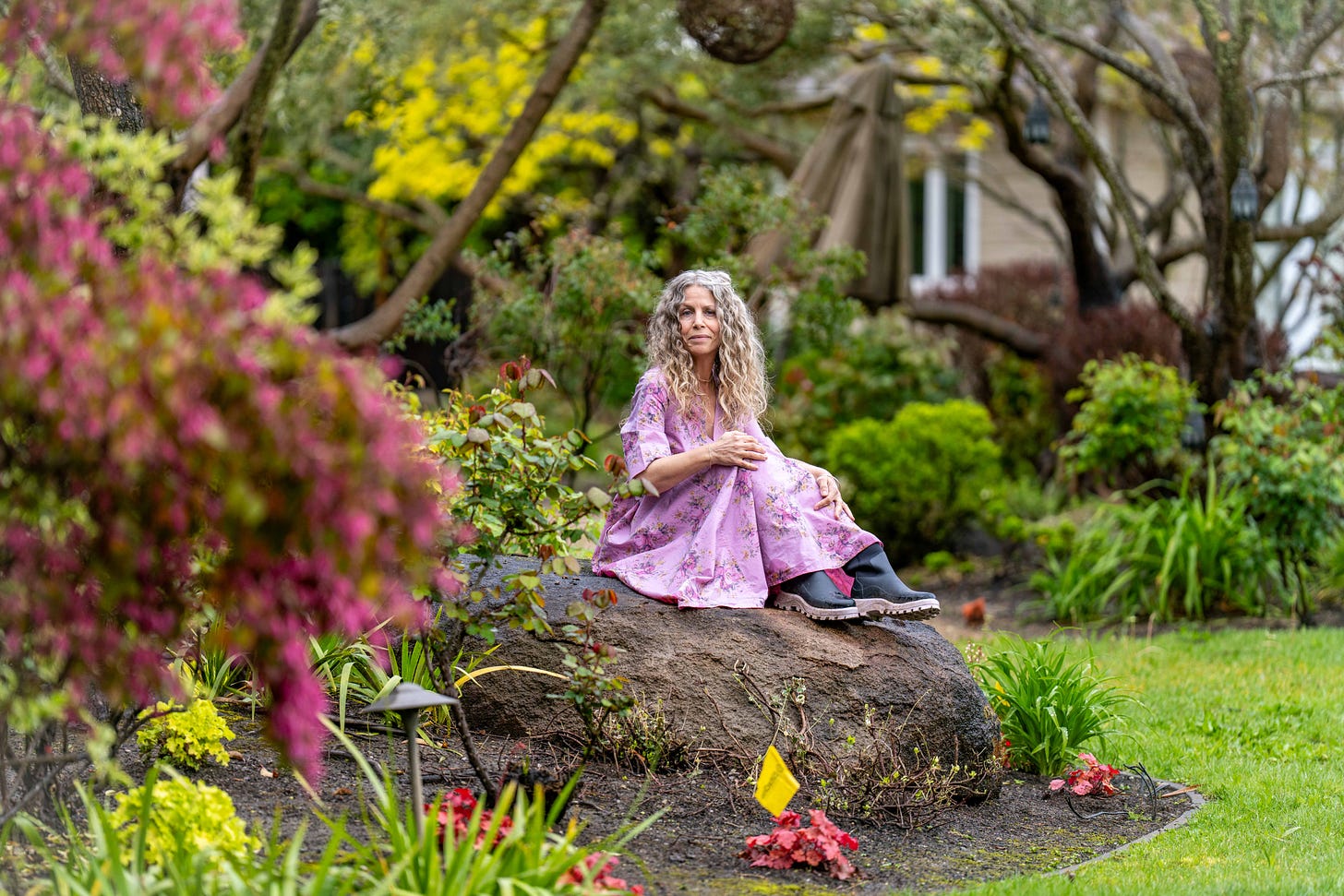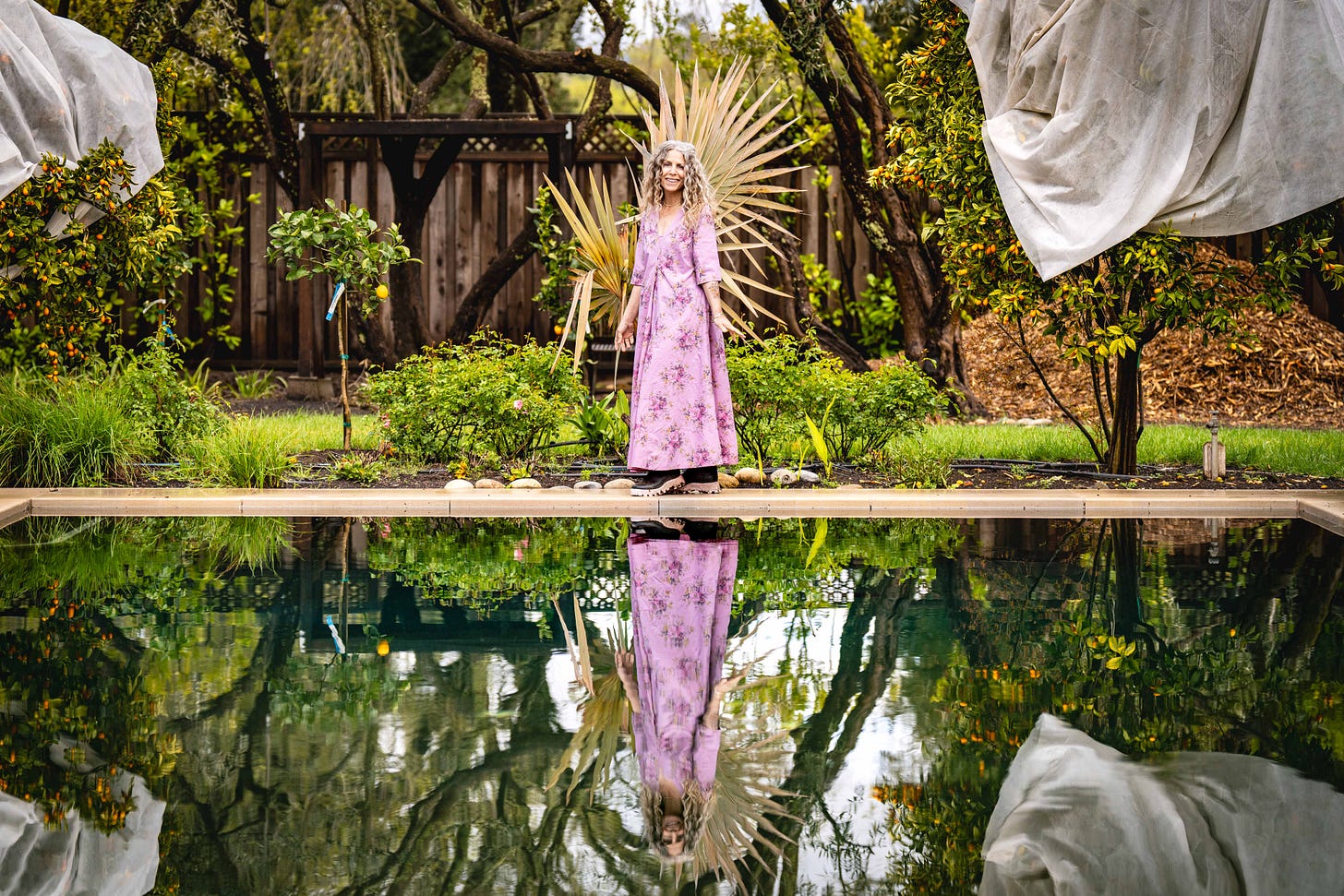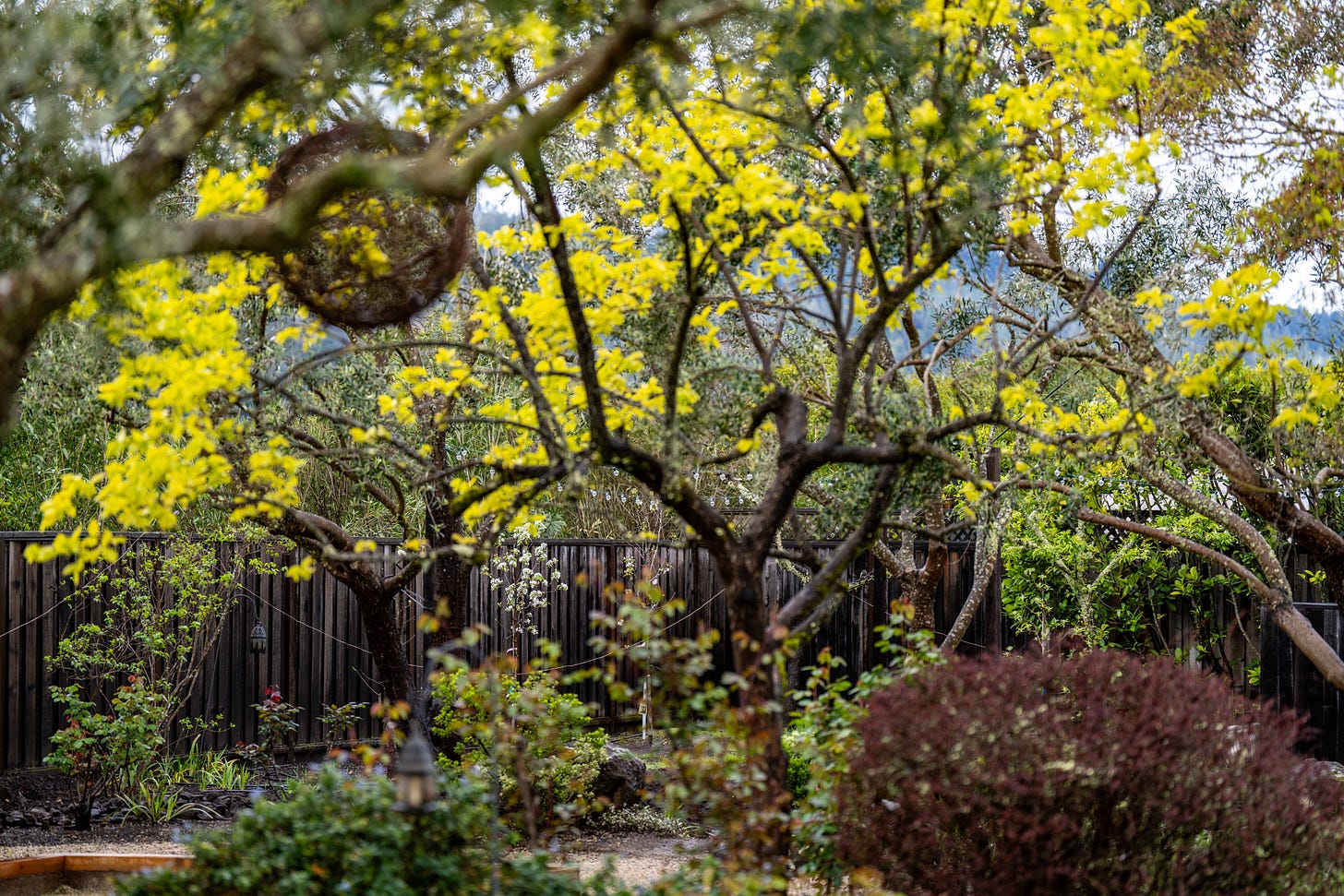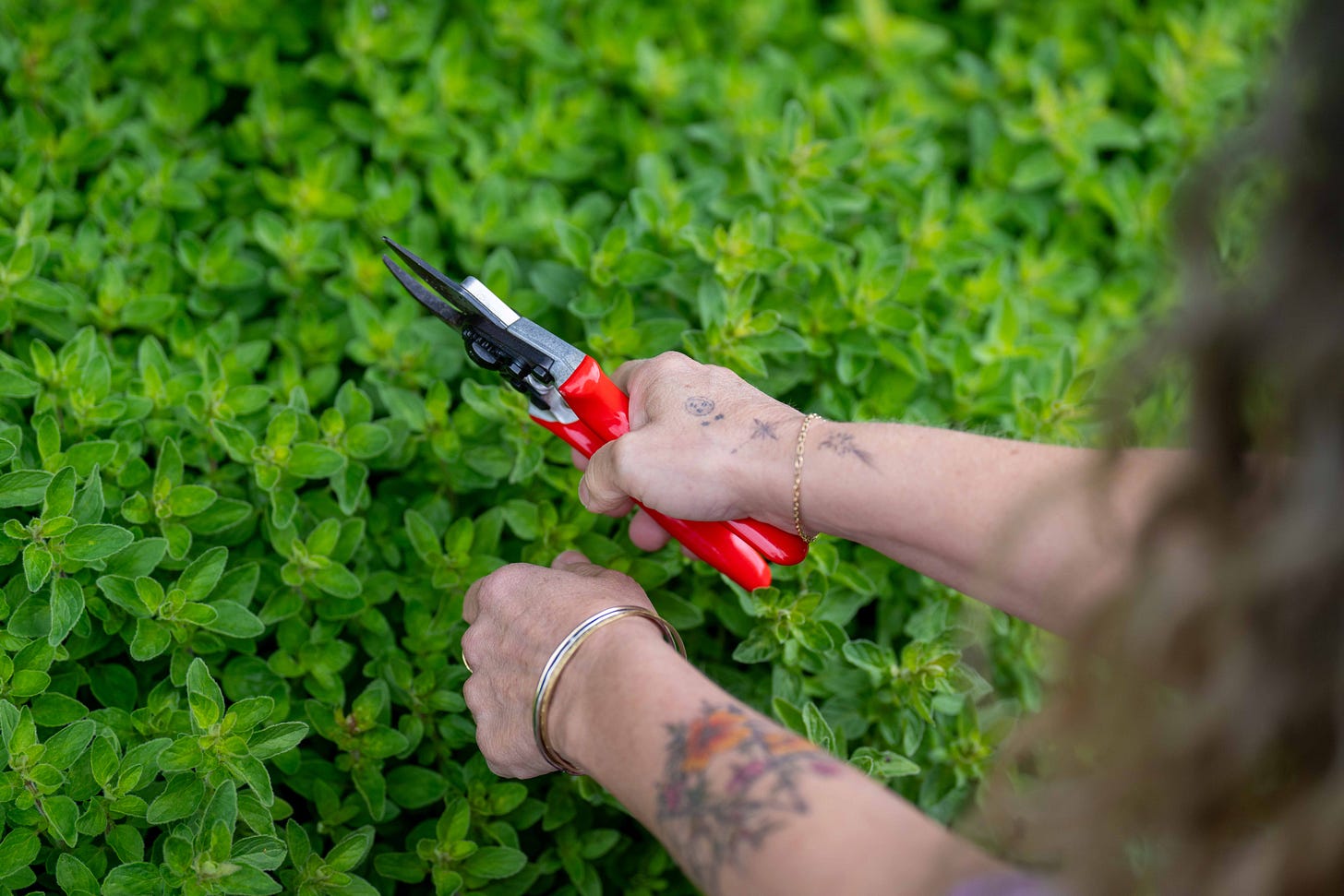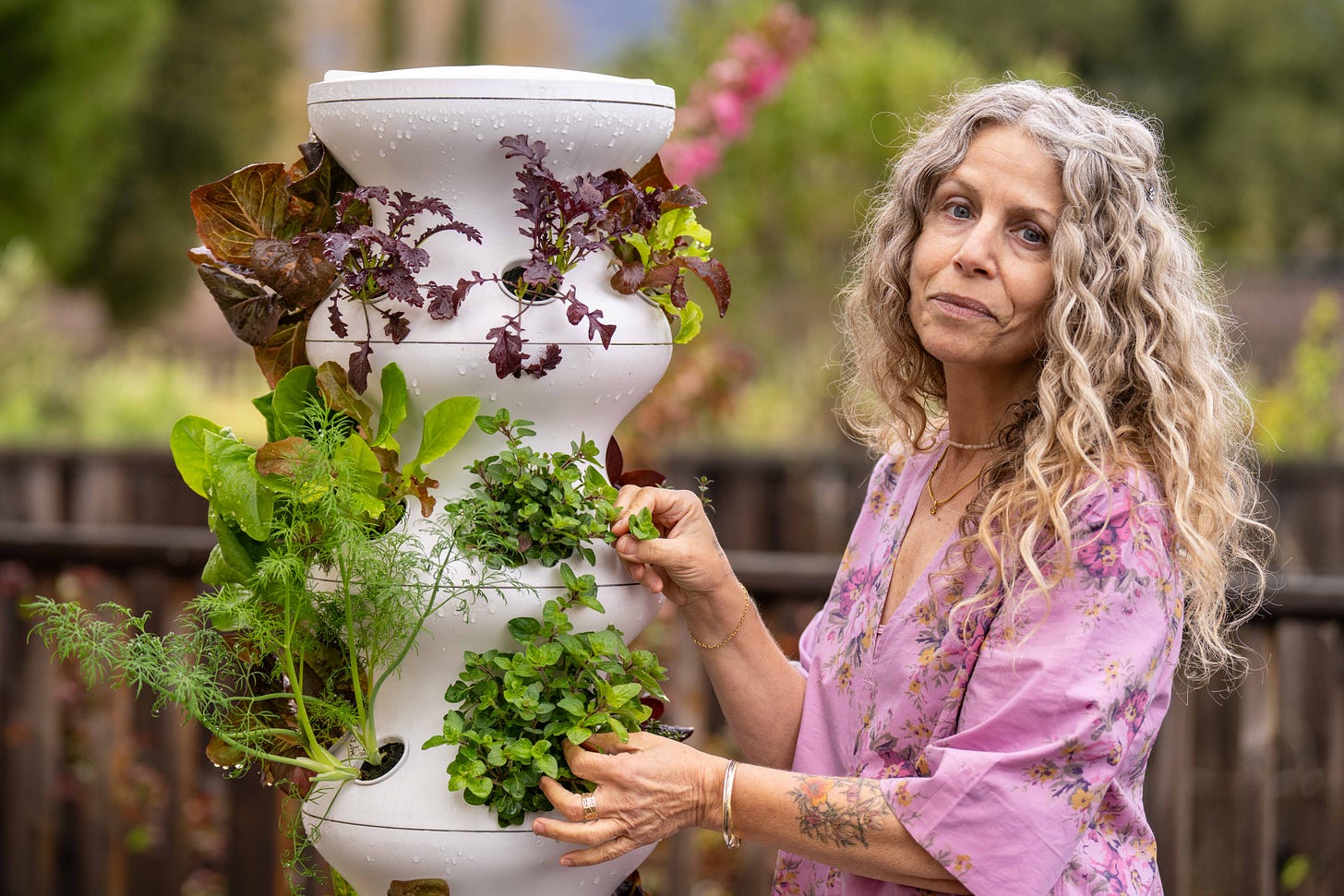We need your help
First, thank you for engaging with Napa Valley Features. As we approach our first anniversary on May 6, we are grateful for the thousands of subscribers who have joined us and the vibrant community that has emerged around our commitment to deliver impactful local journalism. Our content resonates not just in Napa Valley but as a bellwether for similar communities elsewhere.
Here's how you can support our mission as we aim to reach 1,000 paid subscribers, with only 72 more needed:
If you currently enjoy our content as a non-paid subscriber, please consider upgrading to a paid subscription. Your support is crucial in helping us continue our work.
If you're already a paid subscriber, thank you! You can further help by increasing your subscription level or gifting a subscription to someone who values insightful journalism.
Together, we can continue to inform, connect and engage everyone interested in the vibrant life and pivotal issues of the Napa Valley. Join us in making a meaningful impact.
Earth Day special: Flower power in St. Helena — the healing arts of Dina Saalisi
By Sasha Paulsen
ST. HELENA, Calif. — When the full moon appears on April 23, Dina Saalisi will be gathering a group at her St. Helena healing-arts sanctuary for a guided meditation and sound bath. This hour-and-a-half ritual with crystal-tone singing bowls promotes relaxation, a positive outlook, focus, clarity and inspiration, according to Saalisi, a wholistic healer, author and educator.
While Saalisi holds these sessions each month, as well as ones for the new moon, the April meeting seems particularly fitting. According to the Old Farmer’s Almanac, some Native Americans called April’s full moon “the pink moon” because it heralds the appearance of one of the first spring wildflowers, moss pink, also called wild ground phlox. And flowers are at the heart of the services Saalisi offers at her Main Street studio.
Saalisi, a national board-certified health and wellness coach and certified hypnotherapist, is also a registered practitioner with the Bach Foundation, a center in the United Kingdom devoted to the teachings of a British physician who, throughout a life of research, became a believer in the power of nature, especially flowers, to heal.
Edward Bach, 1886-1936, was a traditionally trained British physician who left a successful London practice to move to Wales and immerse himself in homeopathic research, the culmination of which was the theory of his flower remedies.
Nearly a century later, the last house Bach lived in, Mount Vernon in Sotwell, England, is the Bach Centre, and his teachings have attracted followers from around the world, including Saalisi.
Originally from New Jersey — “the Garden State,” she notes — Saalisi discovered Bach’s work in a metaphysical bookstore in Greenwich Village in the 1980s. She bought two books that day: One was “Creative Visualization” by Shakti Gawain, and the other was about the Bach system. Gawain “became my hero,” Saalisi said, and Bach set her on the path to becoming a healer.
“They validated the path I had already been on,” she said. “I started studying yoga when I was 19 — I found the one yoga teacher in the Yellow Pages.”
At the time Saalisi was a hairdresser.
“Being a hairdresser isn’t that different from healing therapy,” she said. “It’s intuitive. And you have one chance to get it right. It’s also hands-on.”
Marriage and the birth of her first child propelled her further toward Bach’s teachings. A difficult three-day labor was followed by days and nights of relentless crying — “both of us,” she said. She and her baby were “exhausted and in shock” when she met a man who had studied homeopathy in Germany.
“He said, ‘Have you tried Rescue Remedy yet?’” she said. “This is the Bach five-flower formula for stress.”
A formula developed by Bach, Rescue Remedy is a combination of the essence of cherry plum, clemantis, impatiens, rock rose and star of Bethlehem meant to be used to treat accidents or trauma.
“Birth, now there’s a trauma,” Saalisi said.
She put a drop of the essence on her son’s lips and they subsequently both dozed off into sleep.
“I was sold,” she said. “I began a process of self-study. I read everything I could find.”
Thirty years later she is the author of a book about Bach “The Art of Flower Therapy,” as well as “Listening to Flowers,” a set of flower cards illustrated by Audrey Violet, each with healing affirmations Saalisi has created.
At the beginning of “The Art of Flower Therapy” she quotes Bach: “There is no true healing unless there is a change in outlook, peace of mind and inner happiness.”
Saalisi describes how Bach developed a system of using flower remedies to “relieve the disharmony of disease. … The first rule of flower therapy is to treat the person, not the disease,” she writes. “Flower therapy asks us to notice our emotional state and to recognize what feels most challenging.”
Bach felt strongly that there was a simple method of medicine that would allow for the mind, body and soul connection of each individual without placing an emphasis on physical symptoms.
Immersing himself in nature to find a “psycho-spiritual self-help system,” Saalisi writes, Bach used his “keen intuition, clever insights and deliberate trials,” to identify 38 select flowers that “could balance his own challenging emotions” with their positive, energetic qualities.
His selections comprise an eclectic group that includes vines, pines and wild roses. Bach captured the essence of his selections by floating them in a glass bowl of spring water in the sun or by boiling them in a pot on the stove. He drank the essence, noted changes in his own outlook and eventually offered his creations to patients.
“Dr. Bach recognized human emotion as the key component in holistic healing of the mind, body and soul,” she writes. “When he developed the flower system, he grouped the 38 flowers into seven categories of emotional challenge that he deemed responsible for holding one back from healing.”
These include fear, uncertainty, insufficient interest in present circumstances, loneliness, oversensitivity to influences and ideas, despondency or despair, and over-care for the welfare of others.
In her book as well as in her work with clients, Saalisi helps make the connections, and she abounds in stories of people who have found assistance with the essence of gentian or wild oats — and others who have not. One story she shares is of an overworked holistic practitioner who came to her to address workplace suffering from burnout and left with the oak remedy for overworked, dutiful people who need to learn to relax and replenish themselves.
“Three weeks later I got an email saying she was not sure it was working,” Saalisi said.
When she asked if the woman were taking it four times a day, the woman said no because she didn’t have time.
“Changing my mindset, going away from looking at physical symptoms and trying to get rid of them and trying to figure out what are the physical symptoms are trying to tell me,” she said, is part of her work. It is asking, “on an emotional, psycho-spiritual level, what I can change about myself?”
“That’s not to say we don’t have to go doctors,” she added. “When we start to change our mindset, everything changes. And it’s not to say it’s magic. I’m more practical than that. The American establishment is fear-based; sometimes the medicine works and that’s great. It can be daunting. My position is to empower people to get to know themselves better in a spiritual way. When I try to find out ‘What works for you, nine times out of 10?’ people often say being in nature, going outside.”
Saalisi currently divides her time between St. Helena and Los Angeles and has gardens in both places. In St. Helena she sees private clients for one- or two-hour sessions, and she does private events, as well, in addition to her group gatherings. In January she began a podcast about gardens.
“I recently hosted the Napa Valley Garden Club,” she said. “They were my toughest group. They love their flowers but asked, ‘What does that have to do with spirituality?’ One woman said ‘My flowers talk to me.’ I said, ‘So you’re spiritually connected to flowers.’”
One of the best ways to become more familiar with Saalisi’s work is to sign up for a moon gathering, which includes an introduction to the therapy.
“The moon nourishes everyone on the planet, and it has since the dawn of time,” she said. “Every person has looked at that moon. There’s a comfort in that, and there’s a unity in that.”
Has she encountered many skeptics?
“I get asked if maybe it’s a placebo,” she said. “Whether it’s physiologically affecting, or if there’s not really a way to prove it. I see that it works in myself, and I see that it works in other people. Why would flowers not have a healing energy that we can connect with? I am amazed every time.”
For more information about flower therapy and events at Saalisi’s studio or to access her blog and podcasts, visit dinasaalisi.com.
Sasha Paulsen is a Napa Valley-based novelist and journalist.





